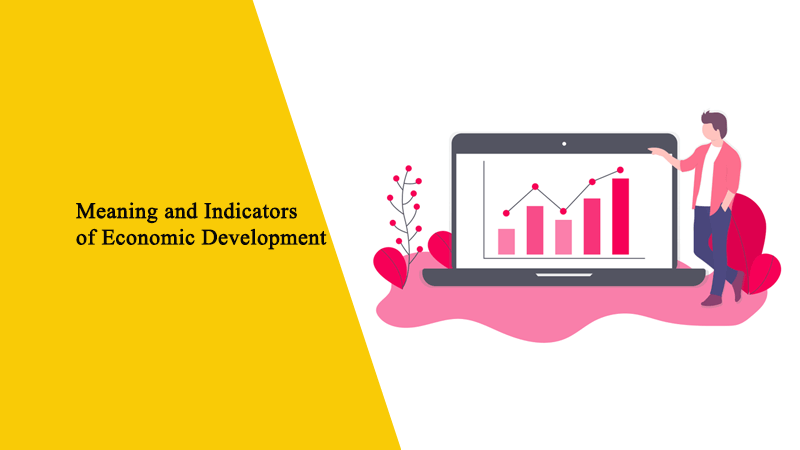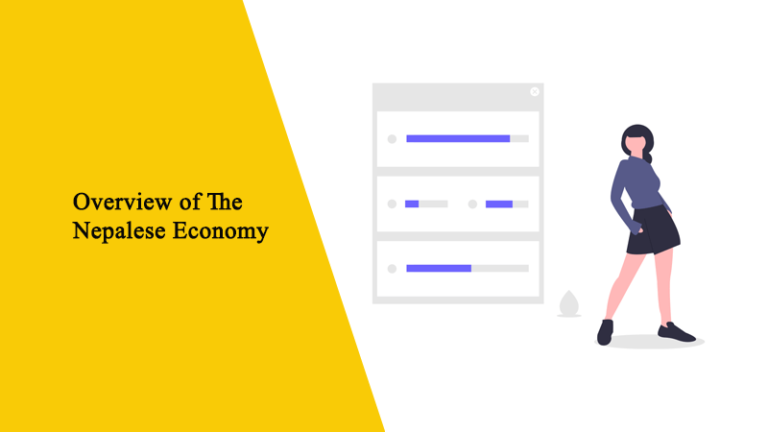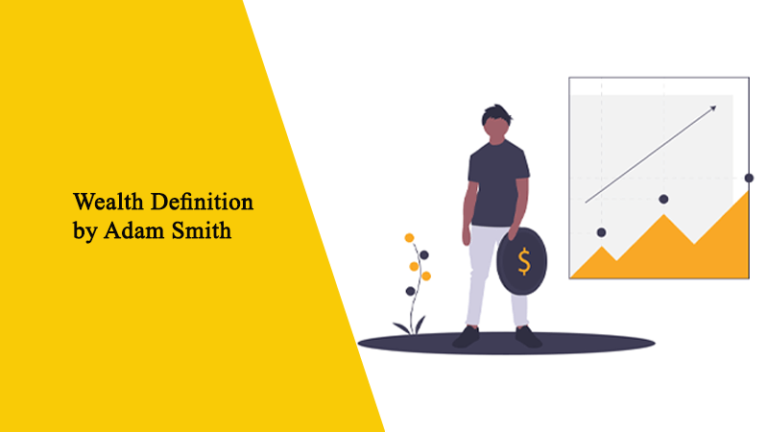1. What are the characteristics of underdeveloped countries?
Ans: The main characteristics of underdeveloped countries are as follows:-
1. Economic characteristics:-
- Unable to fulfill basic needs like clothes, food, etc.
- Lack of nutritious
- High infant/ child mortality rate
- Less earning
- Low literacy rate
2. Demographic characteristics:-
- The high growth rate of the population
- High dependency ratio
3. Socio-cultural characteristics:-
- Traditional labor division
- High expenditure festivals
4. High dependence on agriculture:-
- More than 70% of the active labor force is in agriculture
- There is no use of scientific techniques in farming
- Traditional based
2. Explain the indicators of economic development.
Ans: some popular and common indicators of economic development are briefly are following:-
1. Per Capita Income(PCI):-
Per capita income is the average income of the individuals of a country. It is the first and important indicator of the economic development of a nation. So, all countries used PCI to measure the economic position of a nation. PCI of Nepal is $1047 which belongs to a low middle developing country.
2. Physical quality of life index (PQLI):-
The value of PQLI is the next important indicator of economic development. It contains on a scale of 0-100. If its value crosses 50, then we suppose the country is a developed country and its value lies below 50, then we suppose the country a developing country. It is a composite index which includes,
- Literacy rate
- Life expectancy at birth
- Infant mortality rate
3. Human Development Index (HDI):-
United Nations Development Program (UNDP) had introduced it in1990. Its value ranges from 0 to 1. The closer value to 0 means low economic development and the closest value to 1 means high economic development. It includes,
- Per Capita Income
- Literacy rate
- Life expectancy at birth
4. Basic human needs:-
It was first developed by the World Bank. Some basis evaluates it which are following:-
- Food
- Clothes
- Shelter
- Health
- Education
- Employment
3. Explain the process of capital formation?
Ans: It includes various processes where all the processes are interrelated to each other. Therefore, the process of capital formation is into three stages which are as follows:-
1. Creation of savings:-
Saving is residual amount of income after consumption.
Saving (S) = Income (Y) – Consumption (c)
- Ability to save:-
High income – High saving – High capital formation
Low income – Low saving – Low capital information
2. Willingness to save:-
High willingness – High capital information
Low willingness – Low capital information
2. Mobilization of savings:-
- Transfer to bank and financial institutions
- Invest in business
3. Investment of savings in real capital:-
- We should invest savings in productive channels such as agriculture, manufacturing industries, tourism, health, etc.
4. Explain the types of unemployment?
Ans: Unemployment is the situation of the labor forces who are willing to do and able to work but unable to find a job. Especially, there are two types of unemployment which are the following:-
1. Voluntary unemployment:-
It is the type of unemployment where a person is not willing to do and not able to do.
2. Involuntary unemployment:-
It is the type of unemployment where a person is willing, able, and searching for the job but unable to get the job. There are various types of involuntary unemployment. Some of them are as follows:-
a) Frictional unemployment:-
It is transitional unemployment due to employee’s move between jobs. For example, the period of looking for teaching for a teacher.
b) Seasonal unemployment:-
Seasons affect Employment. For example, farmers, the tourism sector, building sectors may be out of work during the offseason.
c) Structural unemployment:-
Because of the capital labor-intensive structure, many people became unemployed. Besides, International products and imports of everything also cause the unemployment problem.
d) Hidden/ disguised unemployment:-
Especially this type of unemployment exists in agriculture, seasonal work, etc.
Reference:-
Principles of Economics of Grade 11
BUDDHA PUBLICATION
We hope it helped you to know a little bit about meaning and indicators of economic development.







